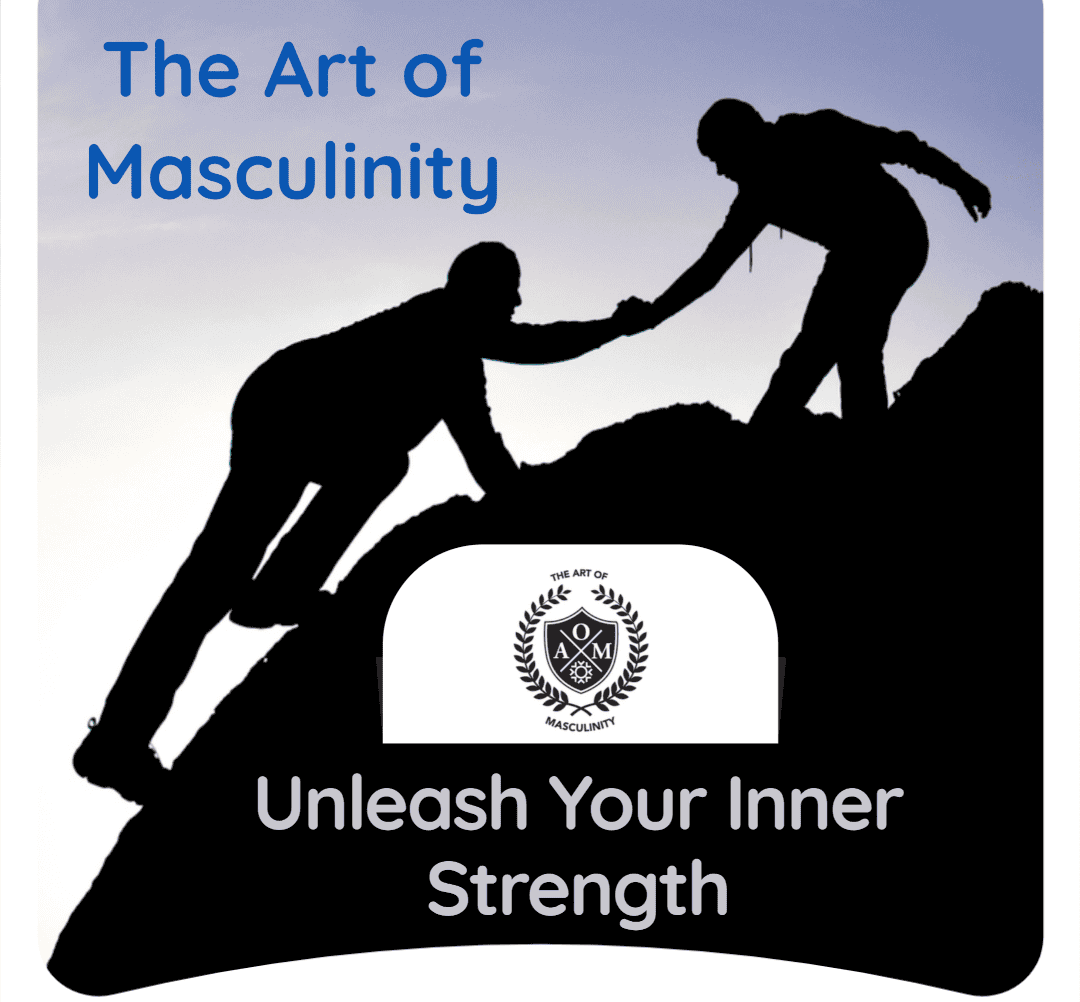By Alex Wasser
Contributing Writer
“We need fathers to step up, to realize that their job does not end at conception;
that what makes you a man is not the ability to have a child
but the courage to raise one.”
– Barack Obama
Many of us dads hear words like these, about showing up for our kids, but how many actually pause to consider what that looks like day-to-day?
My earliest memory of my dad was him teaching me to ride a bike in the front yard of my childhood home. Our street didn’t have barrier-style curbs with a 90 degree drop. Instead they were “rolled” curbs with an obtuse angle. Later these would make for great practice jumps as I sought to challenge myself.
At the time though, they provided a smooth transition from the safety of the soft grass, to the harsh reality of pavement. My dad would push the back of my seat and run alongside until I had enough momentum to carry myself forward. Then he’d let go. I fell plenty and probably cried. But I don’t remember the crying. What I remember is the feeling of being supported until I was confident enough to pedal away on my own.
I don’t remember the crying. What I remember
is the feeling of being supported
until I was confident enough
to pedal away on my own.
My relationship with my dad got confusing from there. He was home, then he was gone. Then home again, then gone again. Then gone for a while longer. Then separated. Then divorced. After that I don’t know: there was a lot of back and forth. I learned how to do it, and seeing him would always be the highlight of my week, month, year…
Thirty years later my own son was born. Unplanned. Unprepared. Uncertain. Unintentional. All I knew was, I would do whatever it took to be a consistent presence in his life, to be there for him in a way that was missing from my own childhood.
Traditional family was not in the cards so I needed to figure out how to make it all work. Sometimes it did, but sometimes it got worse. I wasn’t my dad, though. I was making different memories and different mistakes. Having different successes and failures.
Sure, I taught him how to fly a kite. How to use a hammer and to strum a guitar. I taught him how to be responsible for cleaning and taking out the garbage. I even taught him the joys of riding a bike…with a steady hand to guide him, even through my own imperfections. But how would I guide him through the complicated process of becoming his own man?
Courage and humility are at the heart of men’s work.
They are what allows us to move through the darkness and
uncover the strength we’ve always had inside us.
In a modern culture, one that simultaneously promotes and judges male vulnerability, it takes courage and humility to acknowledge one’s flaws and missteps as a man. It takes even more to trace those flaws back to childhood wounds, and still honor the fathers who did the best they could with what they had.
That courage and humility are at the heart of men’s work. They are what allows us to move through the darkness and uncover the strength we’ve always had inside us.
Mature masculinity is the antidote to the distorted narrative of its toxic counterpart, one that dominates today’s discourse. Growth is not a straight line. It’s a spectrum of nurture and nature, a push and pull that shapes us over time.
Intentionality – being deliberate and purpose-driven – is
the foundation of mature masculinity
As I’ve tried to support my son in ways I once lacked, I’ve seen firsthand the power of this balance. He thrives when he feels emotionally supported and when he discovers his own inner strength. Whether it’s the light in his eyes when a math concept clicks, the pride of building something with tools, or the highs and lows of soccer games, he grows through every challenge.
Boys seek leadership, and if they don’t find it in their fathers, they’ll look elsewhere. Sometimes they look to peers or influences that lead them into darkness. Many of those figures are just boys who also had no one to follow before they tried to lead.
Intentionality – being deliberate and purpose-driven – is the foundation of mature masculinity. A man must outgrow the temptation to remain a boy – not by abandoning play, but by anchoring his playfulness in responsibility and purpose.
The path of the mature masculine is shaped by those willing to lead and be led.
Mentorship is both the vehicle and the destination. It’s how we
disrupt cycles of trauma and cultivate legacies of strength.
I remember watching my son, not yet two, attempt to climb slick wooden stairs, saw him slip and split his eyebrow open. That scar became, for me, a badge of his courage, a reminder of his fearless will to grow.
Now I watch him mentor younger kids with a natural gentleness and I know: this is the seed of leadership.
At twelve, he’s entering adolescence. A critical stage where guidance matters most. Every day, I ask myself: what path am I modeling? How will my choices shape the man he becomes?
Every comment I hear – praise or critique – reminds me to recalibrate and continue forging a path he can walk with confidence.
That’s how the book club began. A simple, practical way to gather other
fathers who wanted the same thing: to be better at this than the fathers we had.
Adolescence is not just a phase; it’s a threshold, an open trail that narrows into thick woods. Many boys get lost there, stuck without a guide. But the intentional father knows the way. He clears the path, knowing his own strength is the compass his son will use.
“To cause greatness by mentoring men to live with excellence and, as mature masculine leaders, create successful families, careers, and communities.”1 That mission isn’t just a motto, it’s a call to action, but as critical as it is for men, it’s essential for boys.
During my own search for meaning my oldest friend, a father himself, recommended The Intentional Father, a book by Jon Tyson. It offered a framework but, more importantly, it clarified a truth I had already begun to live: that waiting for leadership is not enough. I must become it.
And that’s how the book club began. A simple, practical way to gather other fathers who wanted the same thing: to be better at this than the fathers we had.
We meet each week, fathers from every walk of life – from brand-new dads to men with grown children. We show up to reflect, share, and grow. We map each book’s concepts onto our own lives, both past and present, so we can chart a better course forward. We all appear to share two things: We were all once sons; and we all believe we can do better for our own children.
And so we do. By showing up.
This article is my way of reaching out to fathers who just might be waiting for something like our Book Club to find them. If this resonates with you I hope you’ll reach out. You don’t have to walk this path alone.
__________________________
- The mission statement of Mentor Discover Inspire (MDI), a nonprofit men’s organization that publishes Legacy magazine ↩︎

